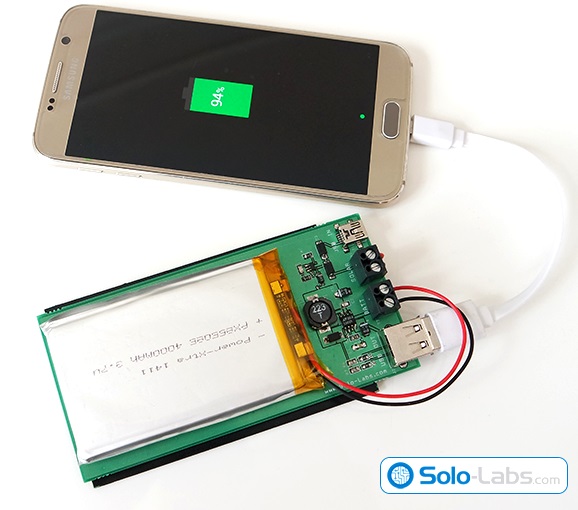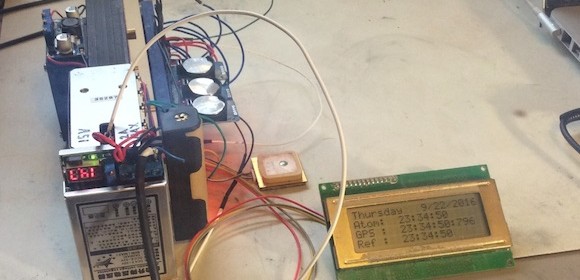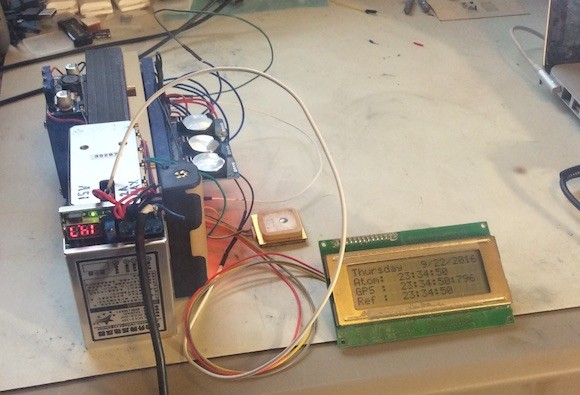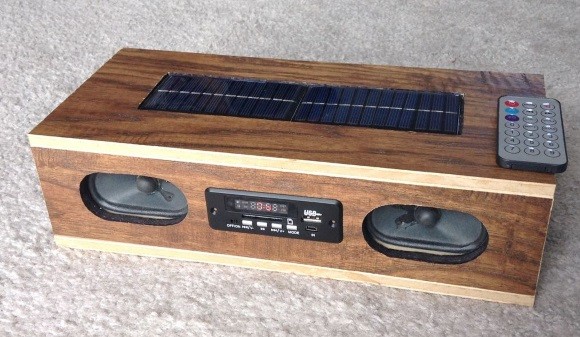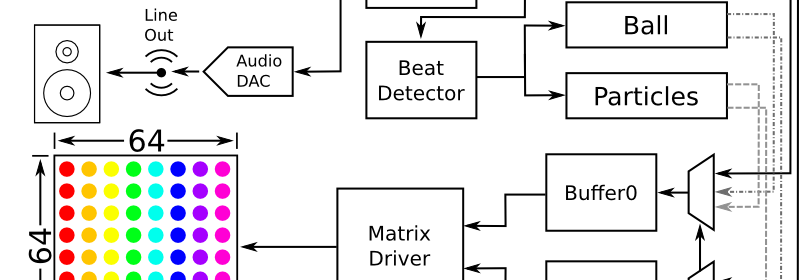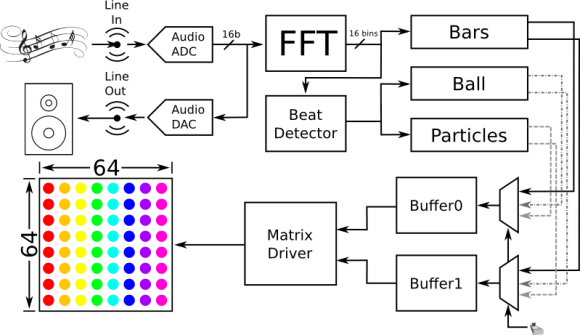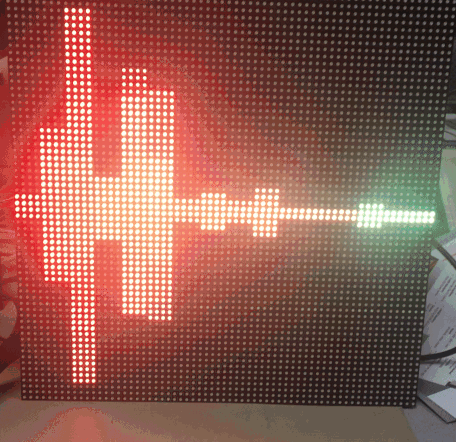Solar powered USB power bank
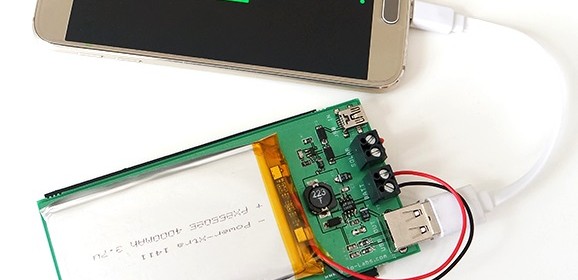
Solo-lab’s new project article is about building a rechargeable USB power bank which harvests energy by using a solar panel. It uses a 3.7V, 4000mAh LiPo battery to store the electric energy generated by the solar panel. The LiPo charging circuit is based on MCP73831, which is a miniature single cell, fully integrated LiPo charge manament controller. The output of the battery is converted to 5V using a step up converter based on LT1302-5. The 5V output is available via USB ports.
MCP73831 is miniature single-cell, fully integrated Li-Ion,Li-Po charge management controller. Since the input voltage range is 3.75V to 6V, any solar cell rated between these values can be used as the input source. An aditional 5V mini USB input is also included in the design which allows you to charge the power bank when sunlight is insufficient. The controller will charge the battery up to 4.2V safely. The led connected to the STAT input off the controller lights up during the entire charge process.
The output stage is a step up converter which converts the battery voltage to 5V. It is based on LT1302-5 fixed 5V DC/DC converter. The converted power is delivered to an A type female USB converter. The input voltage of LT1302-5 can be as low as 2.2V so your Li-Po battery should have internal low voltage cutoff circuitry. The solar panel used in the project is rated at 6V and 150mA which provides about 0.9W/h in ideal conditions and the Li-Po battery is rated at 3.7V and 4000mah which can deliver approximately 15W/h. We can see that charging will last much more than 15 hours because the efficiency of storage and step-up conversion will be less than 100% and the energy we can harvest from the sun depends on the time of the day and angle of the light beams. We can easily say that it will take days to fully charge the battery by using this solar panel. Since the solar energy is free, any percentage will be of profit.
